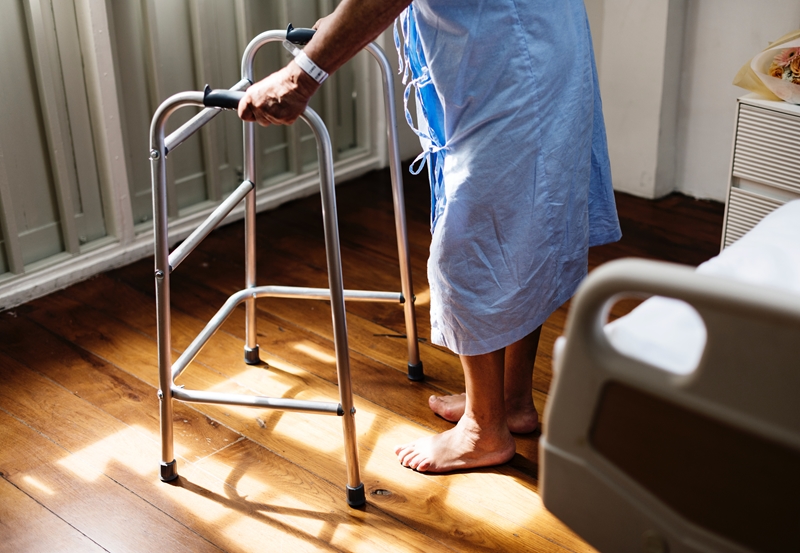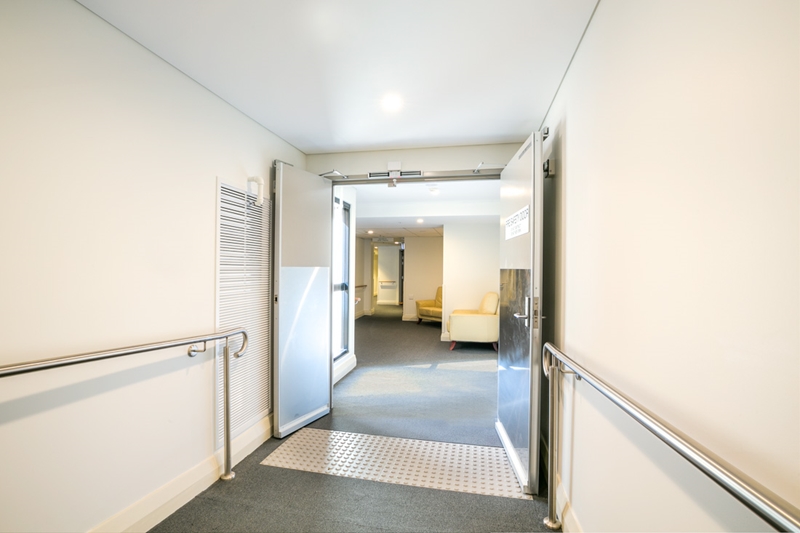Australia’s diversity cannot be overstated. The 2016 Census was the first to offer gender options outside the male / female binary, while some 18 per cent of Australians carry a disability. Factor in that nearly half of us were either born overseas or had a parent who was, and you can see that Australia is a truly multicultural, multifaceted society.
Despite those differences, everybody largely has access to the same services and facilities, whether those cater to them or not. Which begs the question: how can Australia’s healthcare design be more inclusive of the diverse audience it services?
Healthcare design for older Australians
Treasury’s Intergenerational Report predicts that in the next 30 years, the number of Australians over 65 will double. Considering 51 per cent of this age bracket lives with a disability, it will be critical for medical fitouts to accommodate this age group in the years to come.
 How can medical design be shifted to accommodate older Australians?
How can medical design be shifted to accommodate older Australians?In this regard, changes can be as simple as providing hand rails or anti-slip, shock-absorbent flooring in waiting areas. Additionally, lower beds and seating can be a straightforward consideration that enables all patients to feel comfortable.
At a conceptual level, the entire floor plan can be optimised for inclusiveness. Clear, wide hallways, simple through-routes to and from entrances and use of clear colour coordination can aid those with dementia or sight impairments.
Creating a medical fitout that is inclusive of older Australians doesn’t mean breaking down your existing design. It does, however, mean challenging who your space best serves.
Healthcare design for gender-diverse Australians
As we noted above, gender diversity in Australia is a hot-button issue. In terms of medical fitout design, it is simply a matter of creating neutral spaces. Overt themes or colour schemes that indicate a particular identity can make anyone who doesn’t align with this feel uncomfortable in your space. In Australian healthcare, trust is essential – by creating a lab fitout that recognises everyone’s identity as valid, you establish that foundation immediately.
Think about art, colours, staff, customer relations and designated bathrooms. What level of neutrality can you achieve with your medical fitout that creates a more inclusive space?
 How will your medical fitout achieve neutrality?
How will your medical fitout achieve neutrality?Master inclusion in the medical sphere
Perception is everything. While one person may see a medical fitout as functional and ideal, someone with a completely different set of cultural, societal or physical requirements may see it as a space where they cannot feel comfortable.
By factoring inclusion into your next medical fitout, you are addressing every single patient and saying “I see you”. Is it a step you’re ready to take? To find out how you can go further with your fitout, contact the experts at Space for Health.



